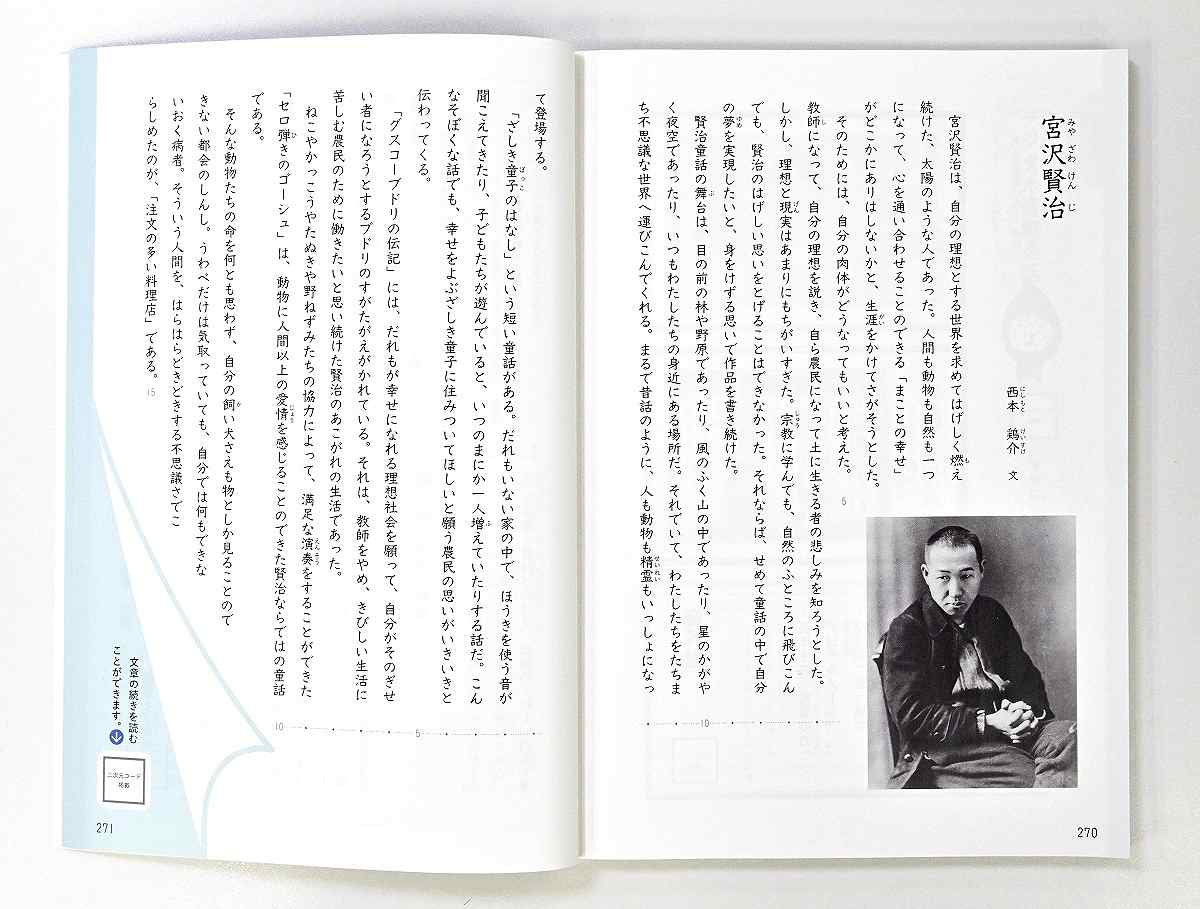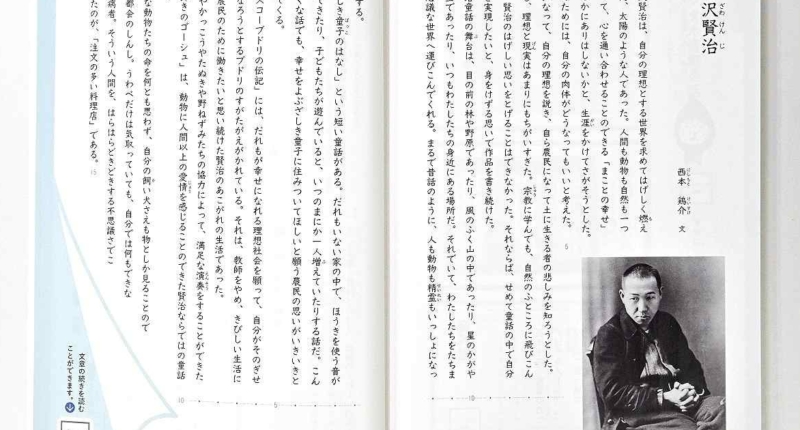Japanese elementary schools will see a significant increase in digital educational materials in the coming years. From April 2024, all new textbooks will include QR codes that students can scan with provided tablets to access online educational resources such as videos and audio. The integration of digital educational materials will allow publishers to include information that cannot be contained in printed textbooks. However, while this move towards digital learning is expected to be effective, some express concern about the possible impact on children’s attitude towards learning and their health. There is also concern about the excessive use of QR codes, which may hinder students’ focus on printed textbooks and reduce opportunities for critical thinking. In addition, excessive use of digital learning devices has been shown to cause fatigue and pain in students.
Japan’s Elementary School Textbooks to See More Digital Content

Japan’s elementary school textbooks are set to become more digital. Starting in April 2024, all new textbooks will include QR codes that students can scan with provided tablets to access online educational resources such as videos and audio. With over 600 QR codes in the new textbooks, publishers are increasing the number of insertions to enhance their digital educational materials.
One such textbook stands out as an example of integrating traditional printed materials with digital resources. Students can access over 1,000 materials via QR codes, allowing for a wide variety of materials to be used. This incorporation of digital educational materials will enable publishers to include information that cannot be contained in printed textbooks.
While this move towards digital learning is expected to be effective, some are concerned about the possible impact on children’s attitude toward learning and their health. However, Tokyo Shoseki Co.’s Japanese language textbook for fifth graders is a good example of using QR codes as a supplement to the print textbook. An official in charge at the publisher said, “We have enhanced the contents digitally while reducing the weight of the print textbook.”
During the latest screening period, publishers vied to improve their digital educational materials. Some digital functions include automatically marking answers in arithmetic or offering a field guide to living creatures.
“With one digital device supplied to each student, digital learning materials have become as indispensable as pencils and erasers,” said an official of Sanseido Co., a leading publisher.
Overall, QR codes in textbooks are a promising way to integrate digital educational materials into traditional printed materials. This move towards more digital content in textbooks will enable students to access a wider variety of educational resources and publishers to enhance the contents of their textbooks.
Digital Educational Materials in Japanese Elementary Schools: Pros and Cons
The incorporation of digital educational materials in Japanese elementary schools has sparked both excitement and concern. According to Koichiro Oji, head of the Japan Federation of Primary School Principals Association, digital materials will be useful as they will enable students to check scientific experiments and solid figures in arithmetic, and practice calligraphy repeatedly.
However, printed textbooks undergo thorough screening by experts for a year, whereas digital educational materials are not subject to authorization as they are considered supplementary. The insertion of QR codes in textbooks is allowed only if the digital materials are “closely related to the contents of the textbook” and “do not constitute referencing information that is inappropriate for students.”
Local boards of education select textbooks to be used for their elementary schools from among those that have passed the ministry’s screening. However, there has been some concern expressed by teachers and principals about the use of digital teaching materials, as many are not familiar with them. The excessive use of QR codes may hinder students’ focus on printed textbooks and reduce opportunities for critical thinking, such as learning through looking up information in a dictionary.
Health Impact
Aside from concerns about the impact on learning, there is also concern about the impact on children’s health. According to a survey conducted by the Education, Culture, Sports, Science and Technology Ministry in the 2021 school year, 20-40% of students reported feeling fatigue and pain in places such as their eyes, neck, or shoulders after attending classes using digital learning devices. Some schools have reported that when digital learning devices are used, children tend to play games instead of studying.
Professor Kuniyoshi Sakai, who researches the neuroscience of language at the University of Tokyo, warns that QR codes may hinder students’ focus on classwork. “If information can be easily obtained through QR codes, children’s learning attitudes will become more passive,” he says.
In conclusion, the use of digital educational materials has both pros and cons. While they offer benefits like repeated practice and access to a wide variety of educational resources, excessive use may hinder students’ focus on printed textbooks and reduce opportunities for critical thinking. It is also important to consider the potential impact on children’s health, as excessive use of digital learning devices has been shown to cause fatigue and pain.
Don’t miss interesting posts on Famousbio










